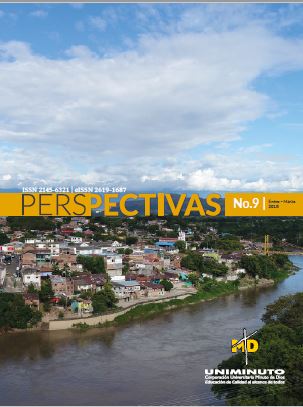Simuladores para estudio en aulas de las deformaciones elásticas en cerchas en estructura metálica
Contenido principal del artículo
Resumen
El presente proyecto se formuló desde un enfoque práctico en el estudio de conceptos teóricos fundamentales para entender el comportamiento elástico de las estructuras tipo cerchas, basados en las propiedades de los materiales con los cuales se construye. La propuesta se centró en brindar la posibilidad de comparar resultados reales con resultados teóricos, mediante la medición de cargas y deformaciones a través de instrumentos de precisión en modelos de cerchas seleccionados. A partir de lo anterior se formulan diferentes pruebas que facilitarán y enriquecerán el estudio del análisis de estructuras en el aula, específicamente en el campo de las cerchas. La metodología utilizada para el desarrollo de este proyecto es del tipo descriptiva experimental, bajo un enfoque cuantitativo desarrollado mediante la técnica de la sistematización de observaciones y el método del ensayo-error.
Detalles del artículo
Sección
Cómo citar
Referencias
Flores, L. (2011). Métodos sin malla como alternativa al método de elementos finitos. Recuperado de http:// cybertesis.uni.edu.pe/bitstream/uni/835/1/ flores_gl.pdf.
Toro, J. D. (2007). Vigas y marcos planos analizados por el método de elementos finitos [Tesis de grado]. Universidad Tecnológica de Pereira. Recuperado de repositorio.utp.edu.co/dspace/ bitstream/handle/11059/817/5156T686vm.pdf.
Uribe, Jairo. (2000). Análisis de estructuras (2ª ed.). Bogotá: Editorial Escuela Colombiana de Ingeniería.
Gere, J., Goodno B. (2016). Mecánica de materiales. México D.F.: Cengage Learning Editores.
Mccorman, J. (2010). Análisis de estructuras métodos matricial y modal (4ª ed.). Ciudad de México: Alfaomega Grupo Editor.

